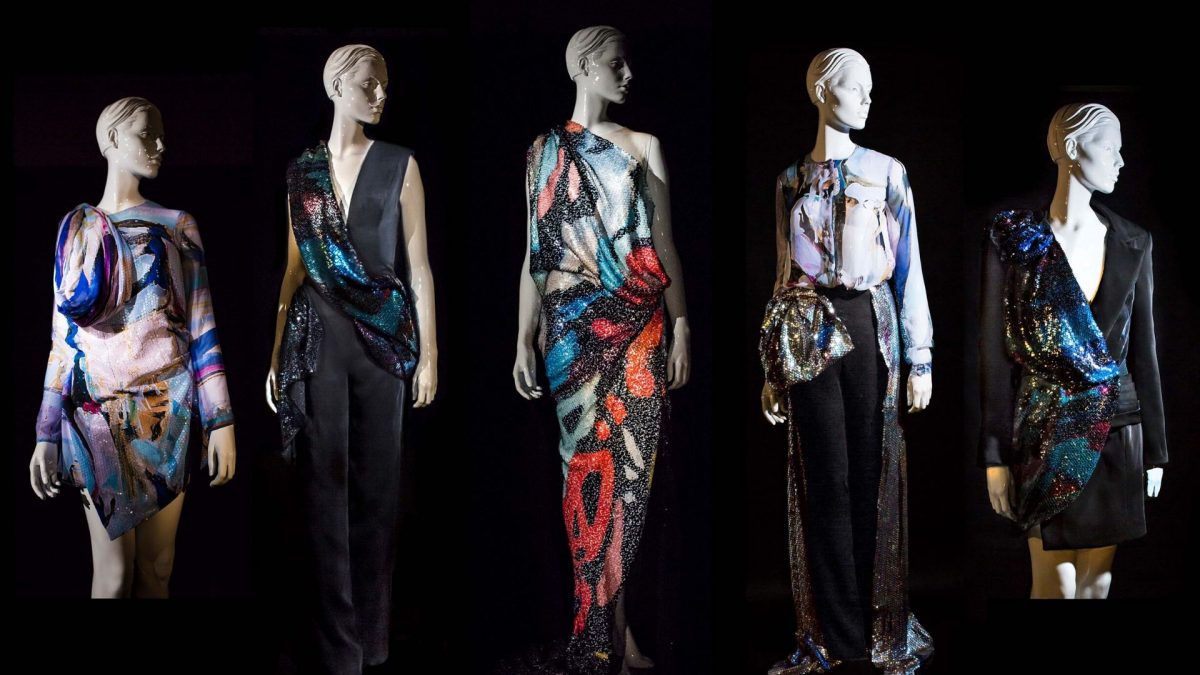
Meet The Lebanese Designer Who Has Created Sustainable Sequins
With an iconic artist as a grandfather and a Gucci prize for her graduate collection, we have high expectations of Lebanese designer Rahel Guiragossian. And through her revolutionary sustainable approach, she’s already met them…
“When we see a couture gown, all we see is how beautiful it looks,” designer Rahel Guiragossian tells us. “The brighter it shines, the better. No one realises that mine are entirely made out of plastic.”
Raised between Lebanon and Germany, Rahel grew up in a family of artists. Her grandfather, Paul Guiragossian was arguably one of the most famous modern Middle Eastern painters of all time, and her father and brothers have followed suit. But instead of turning to art, Rahel began a career in fashion, launching her eponymous line in 2018 after cutting her teeth in Zuhair Murad’s atelier.
After realising that the industry is one of the world’s biggest polluters, however, she decided to create something resistant to ever-changing trends.
For a start, after studying for a Masters in Fashion Sustainability at Esmod Berlin, she implemented her research and came up with the concept of biodegradable sequins, partnering with a German pharmaceutical company and a Swiss luxury textile manufacturer to develop the fabric.
“Normal plastic takes thousands of years to decompose into smaller particles in nature,” Rahel explains, “whereas biodegradable plastic decomposes completely in a few months and doesn’t contain hazardous chemicals.”
Elsewhere, Rahel is also using her sustainable approach in a different way. She is incorporating a timeless element – her family’s paintings, printed onto the fabrics that she uses, as a nod to slow fashion and wearable art.

“A painting can never go out of style. My customers acknowledge this added value and have started seeing my work as something they would have over a longer period of time.”

In addition, Rahel also uses a zero-waste method by trying not to dispose of any of her fabric. Often, the material is not even cut, but is instead draped around the body like a sculpture. This also keeps the entire painting in tact, while at the same time not creating any waste.
“I think all brands should be sustainable in one way or another – whether that’s producing locally, donating to charities, or using materials that are not harmful to the environment. After all, sustainability can be whatever you want it to be as long as there is an increased benefit.”
But what about the consumer? “We should make conscious choices by buying less,” Rahel adds. “We need to invest in longer-lasting items and not just follow trends.”
